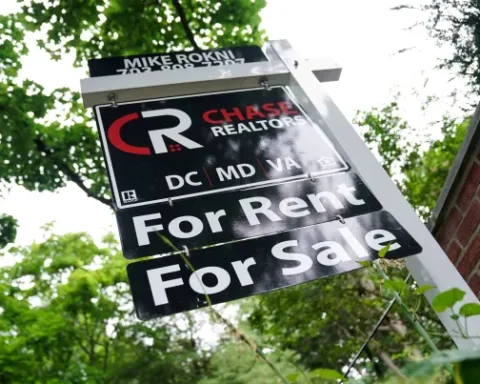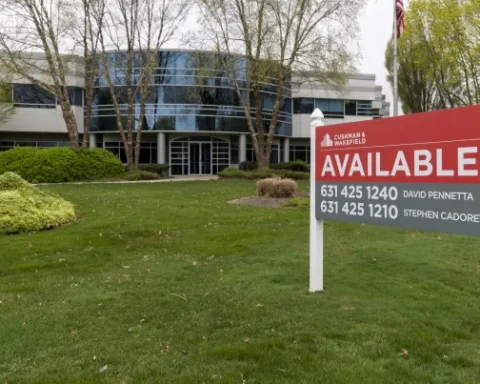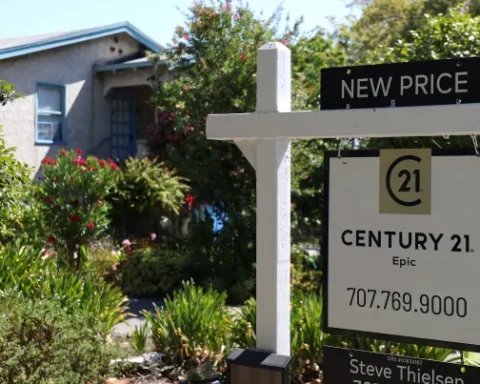For the first time in half a year, rent prices across the United States are experiencing an uptick, marking a modest shift in a market that had been cooling off. According to a recent report by Zumper, a leading real estate data site, both one- and two-bedroom apartments have seen growth in rental costs as of March. This change signals a return to traditional seasonal patterns, where warmer months spur increased demand. However, not all regions follow this trend uniformly; Arizona stands out for its statewide decrease in rent, showcasing the complex interplay between supply, demand, and market-specific factors.
In March, the cost of renting a one-bedroom apartment in the U.S. rose to $1,487, reflecting a 0.3% increase from February. Two-bedroom apartments followed suit, with prices climbing 0.5% to $1,847. This development departs from the previous six months of stagnant or declining prices. Zumper’s analysis points to a re-emergence of seasonal patterns in rental activity, as Crystal Chen, a spokeswoman for Zumper, noted, “It’s kind of expected. When we get to the warmer months, demand picks up.”
Despite the overall increase, certain metro areas, like Baltimore, Maryland, have declined. Baltimore’s one-bedroom apartments, for instance, dropped by 0.7% year over year. Arizona’s rental market is noteworthy, with all significant metros reporting rent decreases. The median price for a one-bedroom apartment in the state fell about 4% from the previous year, a trend attributed to a significant influx of new housing units and market incentives.
Experts like Jacob Channel, a senior economist at LendingTree, and Susan M. Wachter, a professor at The Wharton School, attribute these trends to seasonal shifts and fundamental market forces. The balance between supply and demand remains a pivotal factor. In regions like the Sun Belt and the intermountain area, which includes Arizona, Nevada, and Colorado, a surge in new constructions is helping to moderate rent increases.
Conversely, the Midwest and Northeast face a supply crunch, pushing rents upward. New York City, for example, has seen a 25% increase in one-bedroom apartment rents year-over-year. These disparities underscore the varying dynamics that influence the rental market across the country.
As the U.S. rental market begins to shake off the stagnation of the past six months, a complex picture emerges, shaped by seasonal trends, supply challenges, and regional peculiarities. Arizona’s situation highlights how increased housing supply can lead to more favorable conditions for renters, a lesson that might help address affordability issues elsewhere. With the market still correcting from the upheaval of 2021 and 2022, the current trends suggest a return to more predictable patterns, albeit within a landscape forever altered by recent history.







